Fifth-Gen Honda Step WGN Debuts With New 2016 Civic Engine, Tailgate System
Honda revealed the fifth-gen Step WGN for the Japanese market Thursday, which not only features a new flexible tailgate, but the same engine planned for the 2016 Civic.
The main draw for the seven-passenger Step WGN is the “Waku Waku” tailgate, which can be lifted up in most circumstances, or can be opened from the side via the tailgate’s sub-door. The sub-door has three levels of opening angles, allowing greater ease of access to cargo for occupants when the kei van is parked in a tight space, such as a shopping center or home garage. Third-row passengers can also use the door to exit without opening the full tailgate when the door is paired with the third-row 60-40 Magic Seat.
Under the hood is the 1.5-liter direct-injection VTEC turbo set to provide power for the 2016 Civic. Horsepower and torque figures were not mentioned at this time, but Honda claims output is “equivalent to that of a 2.4-litre engine even while driving with multiple passengers and on hilly roads.” Power is directed to the front or all four corners via CVT.
[Photo credit: Honda]
Honda Step WGN Gallery
Seattle-based writer, blogger, and photographer for many a publication. Born in Louisville. Raised in Kansas. Where I lay my head is home.
More by Cameron Aubernon
Latest Car Reviews
Read moreLatest Product Reviews
Read moreRecent Comments
- FreedMike Sounds like an excellent way to waste a ton of money.
- Theflyersfan 175K what...miles? Kilometers? Yards? Is this the one Land Rover in the universe that made it over 100,000 under its own power? I'd be too afraid to drive it daily. Just waiting for the first dash light - it always starts with just one - before the Christmas tree lights up, something sputters or stumbles, and then you're on the side of the road, miles from nowhere, with the toxic smell of frying electronics spewing from each vent. If you and your loved ones are into unplanned surprises and pain, go for it. If a beach vacation in Somalia mixed in with some overland trekking in Chechnya is your idea of best vacation ever, we have a vehicle for you. If you think your local Land Rover dealer has the best coffee in town, and you don't mind hours of HGTV on their waiting room TV, go for it. Just update your Facebook page regularly as the rest of us want to read the carnage.
- Ajla While this won't be a GX460, it probably isn't any worse a purchase than a Lincoln or Cadillac.
- 1sowa Its clearly the "Honda Anyone"
- Oberkanone Nope. Never. Run away. Unreliable money pit.






















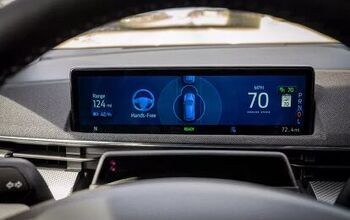
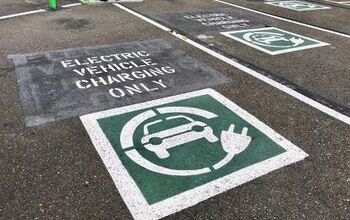
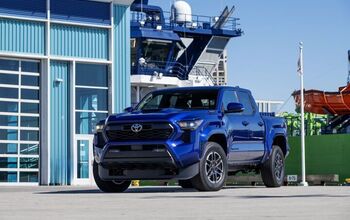
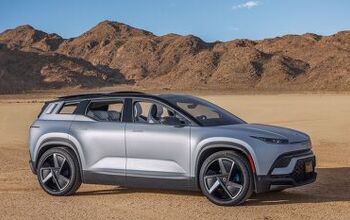


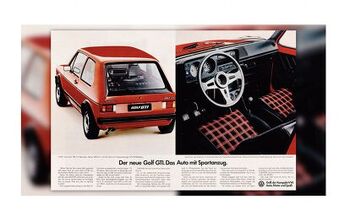
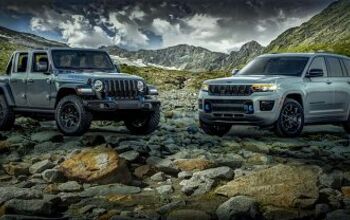
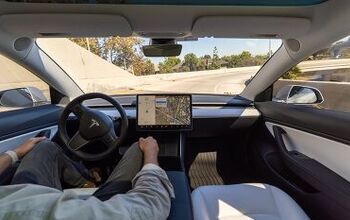
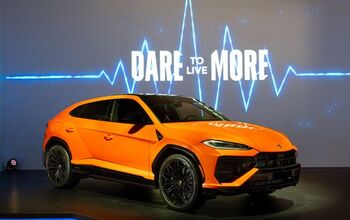
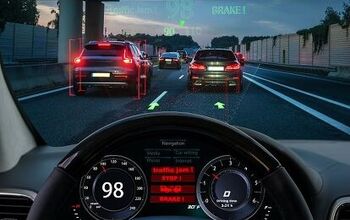
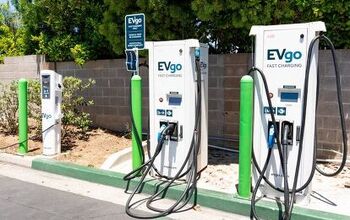
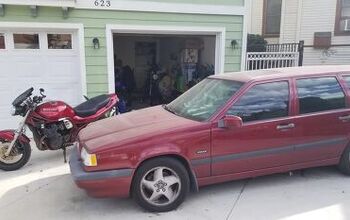
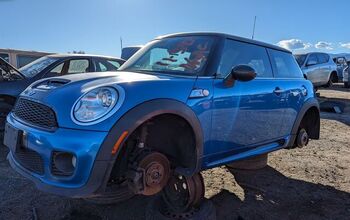

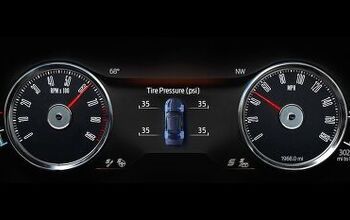
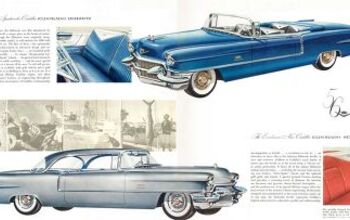
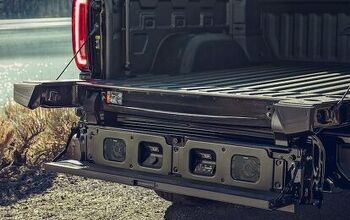
Comments
Join the conversation
FWIW it's a couple classes too big for a kei van. These small vans are popular over there the way CUVs are in the US. One thing they don't seem to do, especially with the subcompact-based ones is add noise insulation along with the big box out back, 'cause riding in the back of these things over ~70kph is deafening.
I like it! Not considering the CVT and with a dab more of exterior design and more talent in the interior design, I'd be happy to take it home.